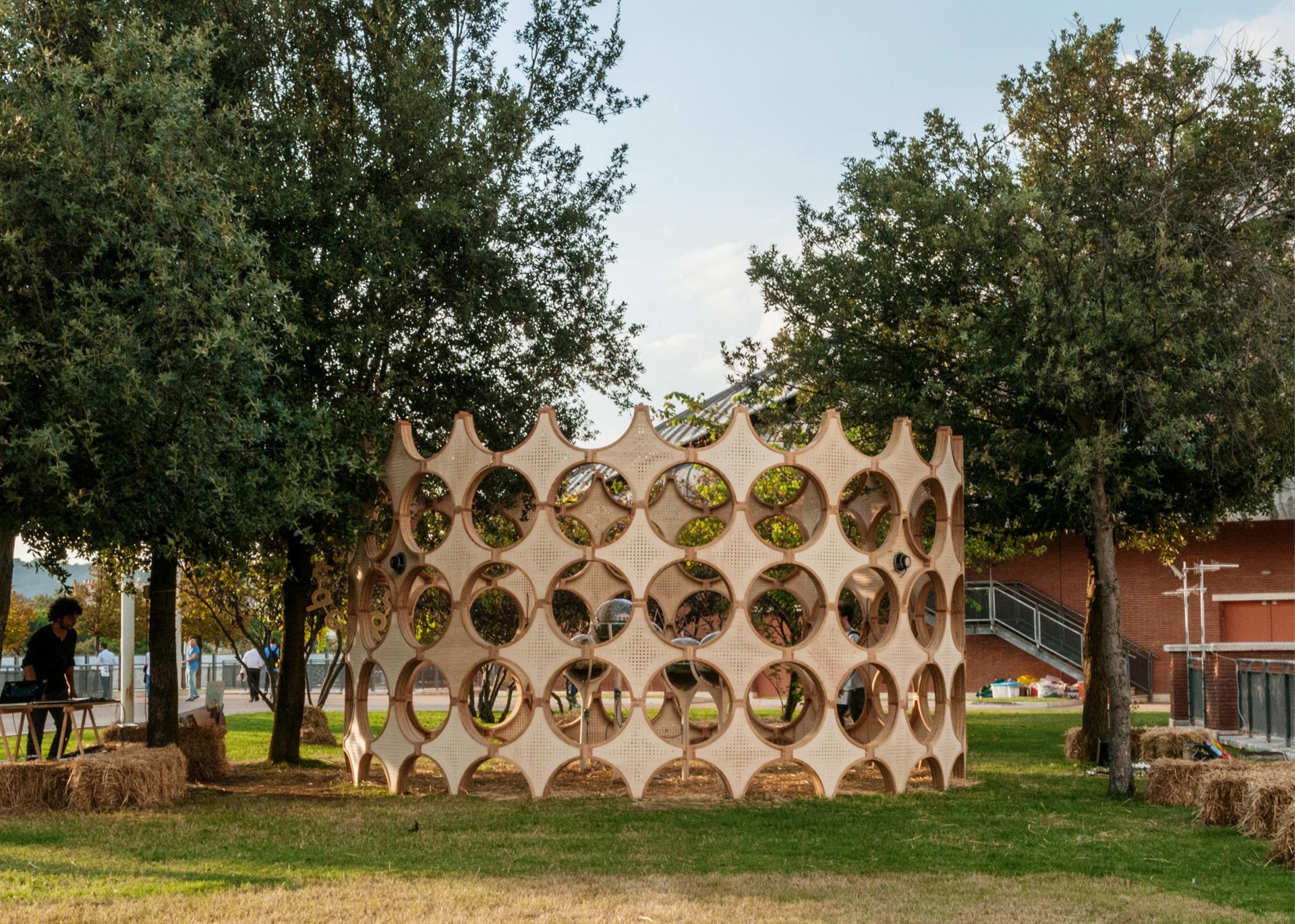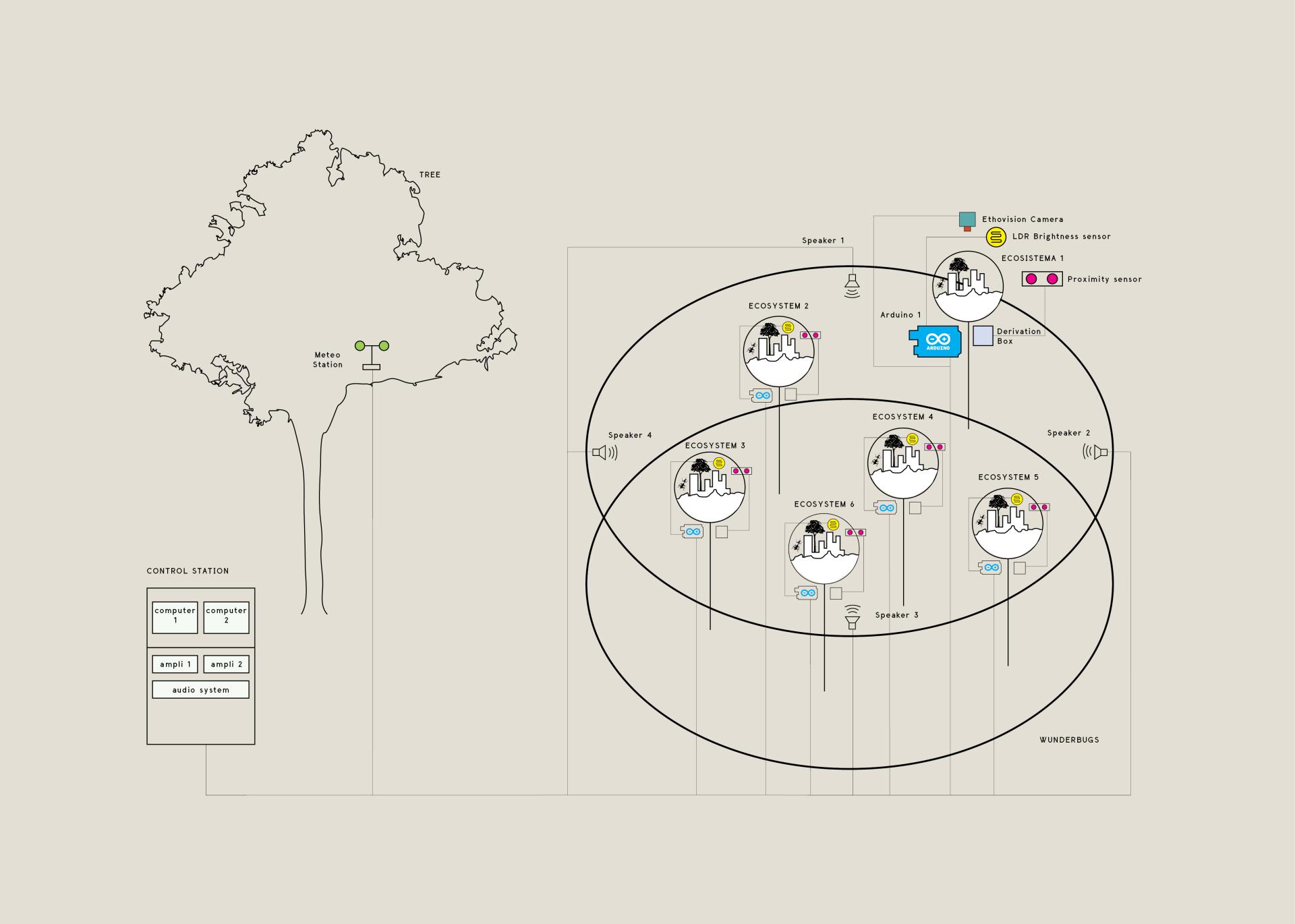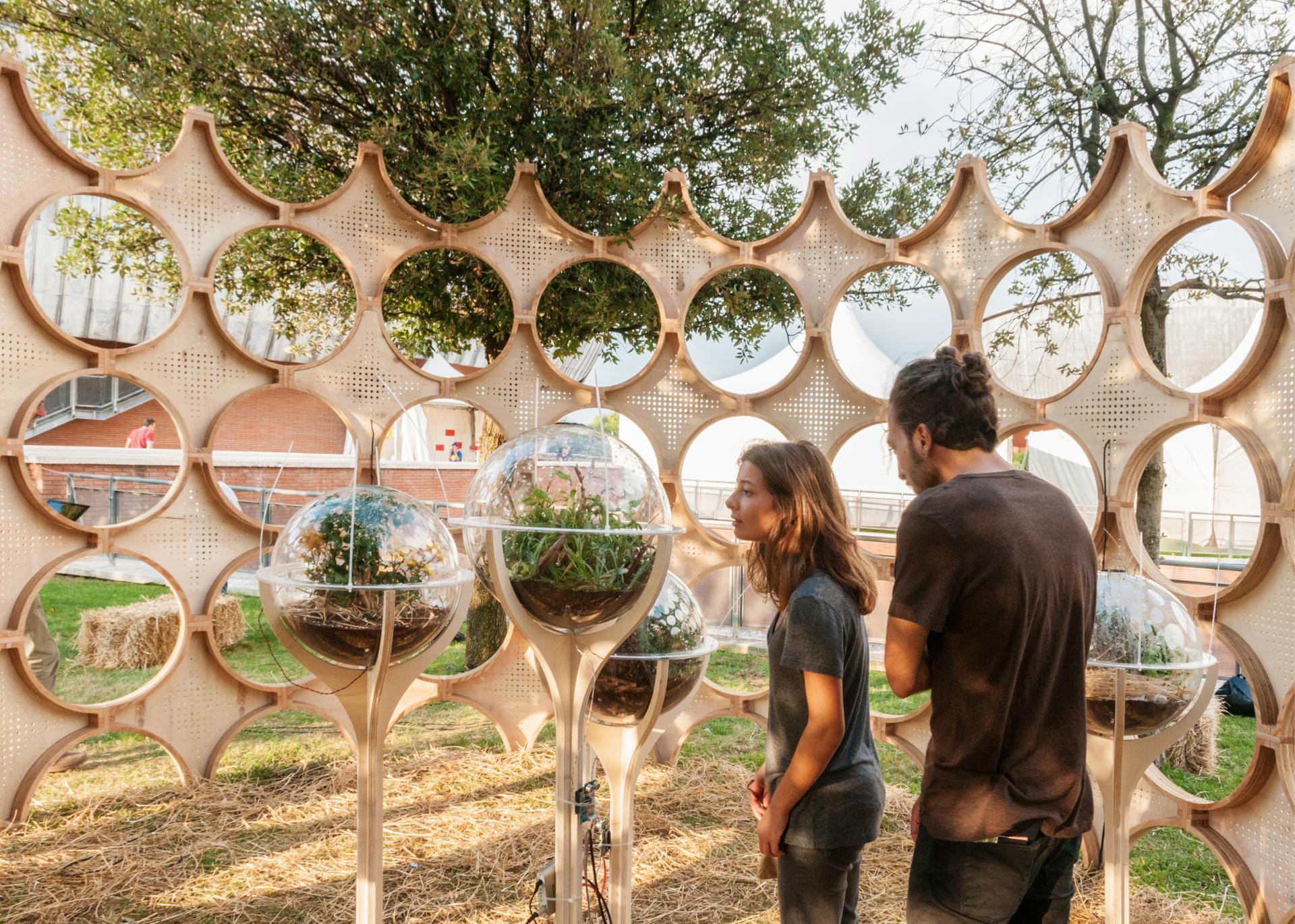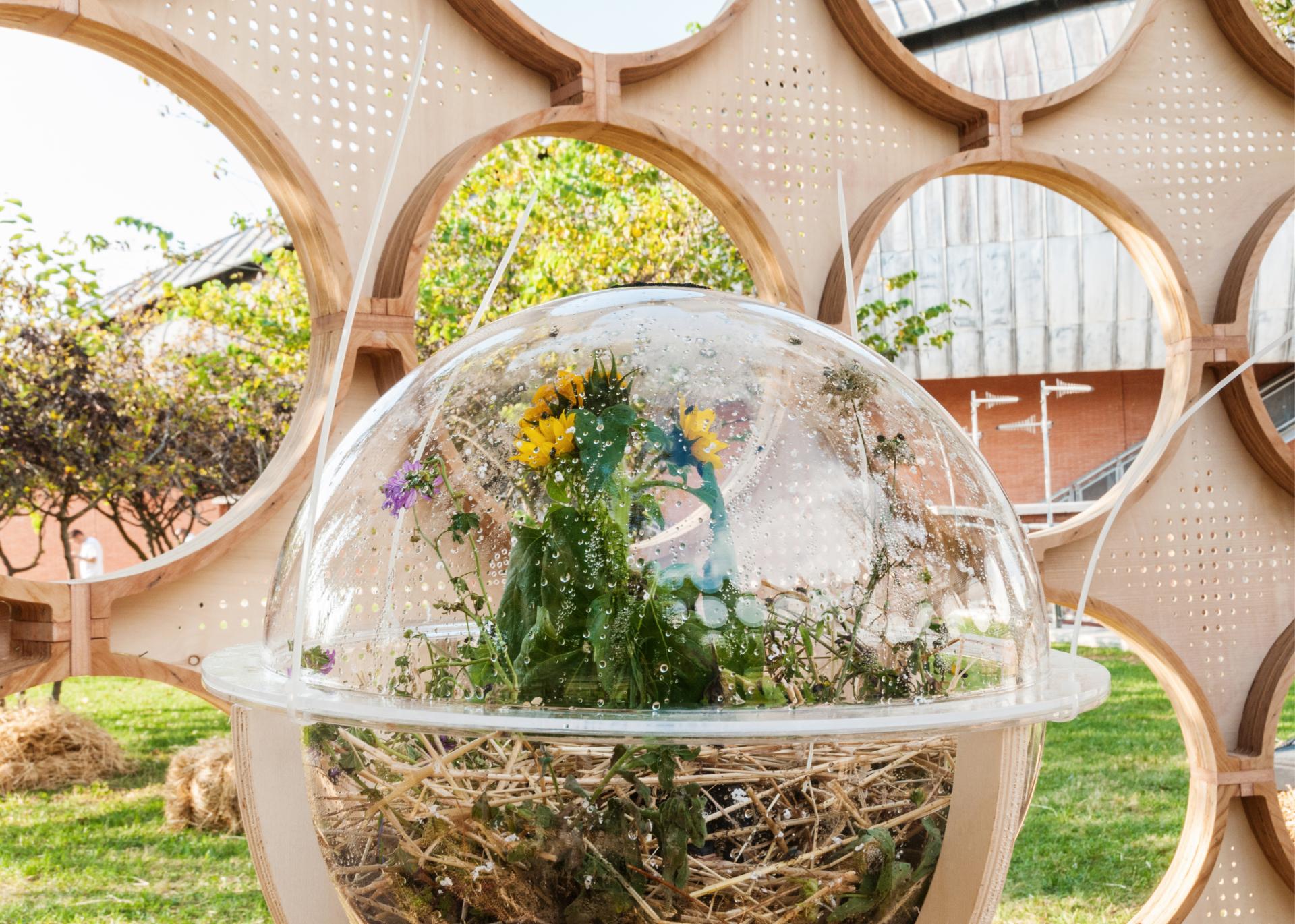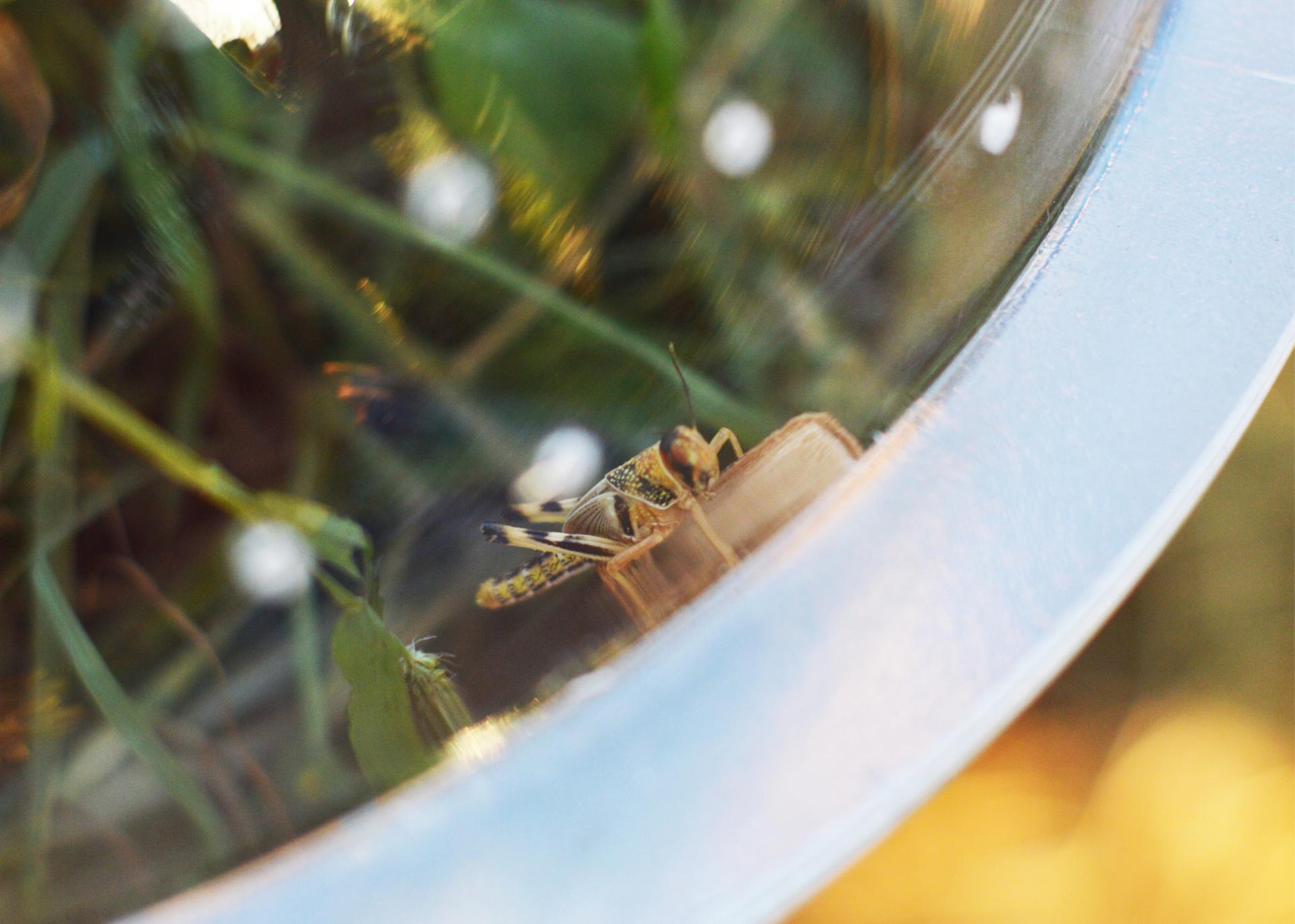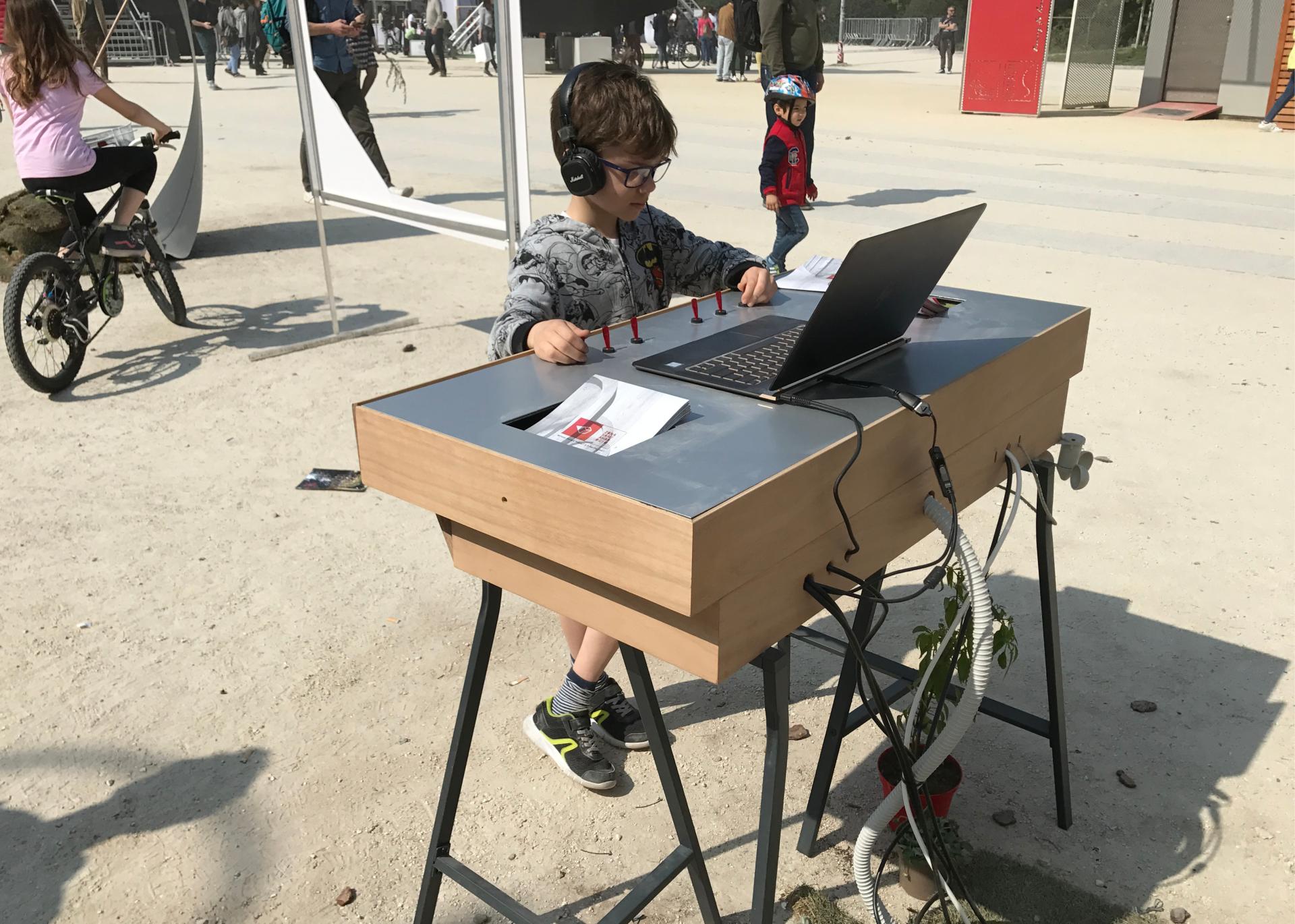Wunderbugs 2.0
Basic information
Project Title
Full project title
Category
Project Description
Wunderbugs is a project designed to make humans, insects and plants coexist within a single ecosystem. An active and participatory space that, thanks to the collaboration of citizens, performs intensive investigations on the biodiversity of urban areas, helping to restore an integral vision of the city while regulating the anthropogenic activity of man.
Geographical Scope
Project Region
Urban or rural issues
Physical or other transformations
EU Programme or fund
Which funds
Description of the project
Summary
Wunderbugs is a project designed to make humans, insects and plants coexist within a single ecosystem. An active and participatory space that, thanks to the collaboration of citizens, performs intensive investigations on the biodiversity of urban areas, helping to restore an integral vision of the city while regulating the anthropogenic activity of man.
An architecture of sharing that encourages aggregation among citizens by promoting the idea of a place in balance between living beings, through the analysis and generative and experiential mapping of its natural and artificial data.
Inside a series of spheres - equipped with sensors and managed by an Arduino microcontroller - houses ecosystems made of plants and insects that collect the main climatic and environmental factors of the context in which they are located in order to translate them into data that at large scale describe the urban biodiversity and in the small scale are translated into musical notes to produce a self-defined musical system in which a composition constantly resonates within the project area thanks to the environmental data collected, allowing people to interact and tune in to the work. All this in an immersive environment with a strong artistic, scientific and educational value.
Time, space, emptiness, slowness, edibility, food sufficiency, sharing, ecosystems, humanity, technology are some of the words that allowed us to imagine a project able to relate skills and experiences from the past with computerized systems and contemporary architectural modes, creating an experiential space where people can meet and find themselves and that activates the senses for the well-being of people, plants, animals and insects.
Key objectives for sustainability
The entire project is completely realized through the use of natural and recyclable materials: wood and bio plastic.
The wood, used to build the circular structure of the project, is carefully selected for type and local availability ensuring that it is not chemically treated with toxic products and that the production cycles respect the habitat of origin.
Biodegradable polymeric plastic, on the other hand, is used to make the spheres that contain the ecosystems. It is a bio-plastic made from corn starch and its production takes place through a sudden process of heating the plant substance to over 200 degrees Celsius, followed by a slow cooling process. The result is a product that boasts a high resistance to heat and humidity, perfect for ensuring the healthiness of plants and insects.
Key objectives for aesthetics and quality
The architecture of Wunderbugs comes from a careful analysis and care of the relationship between the work and the user, emphasizing aspects related to proportions, material and balance between the parts.
The project stems from the attention to an aesthetic capable of returning a familiar and welcoming environment that generates high standards of comfort and quality of life.
A harmony that refers to a historical memory sought through simple and modular shapes combined with calibrated dimensional ratios belonging to Euclidean geometry, therefore more easily understood by our brain. The modularity of Wunderbugs, in particular, carries within itself logical matrices in which the human intellect is able to grasp the sublime as mathematical beauty and as a form of beauty belonging to the natural world.
Even the use of wood has a decisive influence on the emotional charge of the space, creating a strong relationship with the activity carried out by the project and contributing to the creation of an enveloping place.
The presence of greenery plays a fundamental role in the configuration of Wunderbugs: the plants have a positive influence not only on the quality of the air but also on the mood of the citizens. The presence of natural elements is a decisive factor for the aesthetic quality of the project because it establishes a connection between the parts and blends together artificial and natural environment, condensing two structural aspects of human beings in a single space.
Finally, insects - which represent 75% of living beings and without them there would be no life - are placed here in the foreground not only in order to emphasize their importance but also to highlight the very high aesthetic value related to the beauty of their proportions and coloration always rooted and expressed under high forms of artistic and scientific representation.
Key objectives for inclusion
Wunderbugs is a participatory project, conceived and built together with communities: an ecosystemic device that was born as a set of activities under the banner of collaboration and teamwork, sustainability and natural materials.
The project grows and is shaped by listening to citizens and analyzing other living beings, especially plants and insects. The goal is to ensure that interventions on the territory are not imposed by policies unrelated to citizenship but are connected to the needs of the communities involved by interpreting shared desires.
It's a heteronomous architecture that dialogues with other disciplines and realities in order to create a system of relationships between space and living beings. Thanks to a careful synergy between architecture, biology, technology and music, Wunderbugs is able to bring back into balance not only the physical space but also the inner space linked to the emotional sphere of citizens, making them interact with activities that can reconnect them with themselves and the territory.
Results in relation to category
Reconnecting with nature is a fundamental process for the contemporary human being.
Today, in fact, we are victims of a constant temporal and emotional disorientation caused by a social, economic and cultural system subject to sudden changes in global scenarios and a pandemic that has irreparably changed our previous certainties triggering a constant change in patterns related to cerebral, bodily and social activities.
This uncertain condition forces the human being to constantly readjust causing an increase in unhappiness and a need for contact that often degenerates into situations of discomfort, anxiety, depression and mental illness.
Wunderbugs, then, invites you to focus on your own well-being by offering support to local communities and promoting environmental education, introspection and a sense of belonging to the natural dimension, thus making us more sensitive to sustainable development.
How Citizens benefit
Wunderbus is designed by putting citizens inside in a context of natural materials, plants and insects. The benefits are many and range from the enhancement of the person to the rediscovery of local crafts, from raising awareness of ecosystems to overcoming the fear of insects, from the education of children to reconnect with ecosystems.
In particular, enhancing the local craftsmanship, through the use of innovative software, it is possible to activate an intergenerational involvement in which experienced craftsmen, young architects, designers and citizens work together to achieve a project that puts in place a slow and effective design action over time.
Physical or other transformations
Innovative character
Most urban regeneration and redevelopment strategies follow models that aim to create smart cities, risking transforming city space into automated mechanisms in which inhabitants will have fewer and fewer opportunities to form a community. This condition can lead citizens to be passive participants in public life with fewer and fewer opportunities for contact, accentuated by the little guarantee that cities provide in terms of public spaces.
The purpose of Wunderbugs, then, is to increase the resilience of cities by fostering an alliance between living beings in order to generate healthy and balanced places where the living species that are part of it coexist harmoniously. It is an urban, scalable and incremental strategy to create and connect a powerful ecological infrastructure through inclusive policies in which communities recover their "minimal emotional state" by developing emotional intelligence and operational optimism.
Wunderbugs fosters a new vision of a harmonious and emotional city thanks to a constant experiential mapping of its ecosystem data in order to identify, first, and maintain, later, a balance among the living beings protagonists of the urban scene. A development of the city no longer based primarily on economic parameters but mainly on criteria related to an integral ecology in which the citizen can feel safe within a balance between artificial and natural space, biodiversity and happiness.
Learning transferred to other parties
Wunderbugs was born from the careful analysis of a contemporaneity that affects our lives through an incessant interconnection that results in a globalized responsibility from which no one can escape.
Wunderbugs is an invitation to reconnect with all living creatures and with the Earth we all inhabit, in tune with the message of "integral ecology" launched by Pope Francis and continued by Carlo Petrini, founder of Slow Food.
Transferring the Wunderbugs model to other realities would allow to relate skills and positive experiences to be shared in order to regenerate and safeguard ecosystems, building vibrant urban spaces and stimulating an active collaboration between the parties.
The project emphasizes how modularity and ease of assembly correspond to a freedom of adaptation to the context thanks to a replicable process that maintains its own uniqueness in the contexts in which it is applied.

